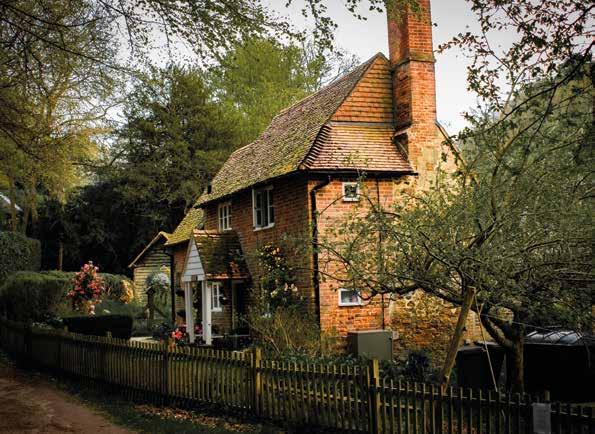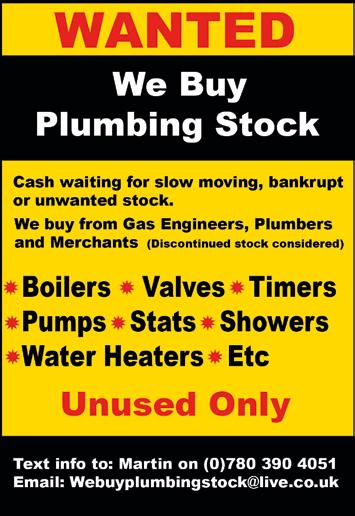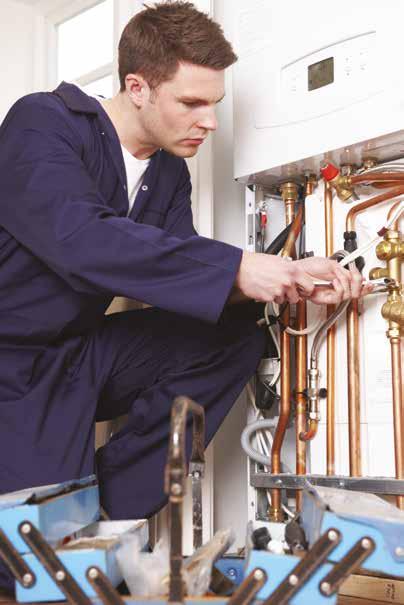
2 minute read
energy efficient?
“Older homes tend to have older cylinders, which means a homeowner could be wasting a substantial amount of energy, not to mention money, through the cylinder wall. Modern cylinders should lose no more than 2kW/h a day and some lose as little as 1kW/h; copper cylinders with loose red jackets can lose up to 4kW/h, but the bigger the cylinder, the more it will lose.
domestic hot water via the cylinder. It’s also worth considering a cylinder that will support the addition of other renewable heat sources, such as solar thermal.”
Other energy saving tips include:
• Use OpenTherm controls. They will always support energy efficiency, but if the system isn’t OpenTherm, then consider upgrading the room thermostat to the best there is.
• Understand how to use the heating controls. This is vital and many households lose money by heating an empty property simply because they forget or find it difficult to change the programme.
• Insulate everything, especially the roof.
Thinking about a heat pump
Heat pumps are being hailed by many as the next mainstream heat source over the coming decade, as the installation of gas boilers begins to be phased out. But there is uncertainty and confusion over their suitability for use in certain properties, particularly older buildings.
Mark Wilkins, technologies and training director at Vaillant, says there are several myths around heat pumps that need to be dispelled if any switch to low-carbon technologies is to be successful.
Fabric-first
scoring 7.14 and 8.57 respectively. These homes are also referred to as ‘back-to-back’ buildings, with two rows of terraces built together. End-row properties only have two external walls, while mid-row properties have just one, compared to detached properties, which have four outside walls. Because terraced homes have fewer external walls than other properties, the rate of heat loss is generally lower.
Improving hot water efficiency What can people living in properties with poor hot water efficiency score do to make their heating and hot water more efficient?
Mike Hook, training manager at Intergas Heating, thinks it’s all about the cylinder. He says:
“The best solution is to upgrade the cylinder. But a good-quality insulation jacket is the next best thing and its effect will be immediate. Don’t forget the pipes in the airing cupboard: they should be insulated too. It’s a good idea to check how long the cylinder lasts before it needs to be heated again; it should only take a day or so to work it out and it might mean that the water only has to be heated for an hour a day rather than twice a day. This could be a real money-saver.
“If it’s feasible to upgrade the cylinder or boiler, homeowners should seriously consider a system or control that allows for OpenTherm heating and priority
Mark says: “The issue with the narrative is that it suggests there is a one-size-fits-all approach to fitting a heat pump, and that all properties will need to make significant investments in their building fabric to make a heat pump possible.
“Taking a fabric-first approach and ensuring insulation is up to standard is essential when looking to maximise efficiencies in any property. But a property with loft insulation, cavity wall insulation and double-glazing is usually ready to support a heat pump with limited improvements.
“Older properties with no energy efficiency upgrades may require more investment in insulation. However, insulation will make any heating system work more effectively and will always be a good investment, particularly as we look to reduce our energy usage.”









